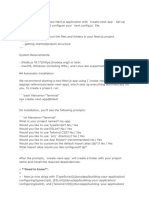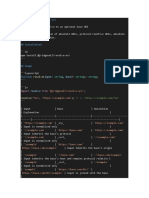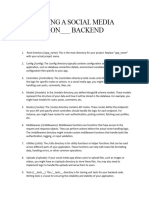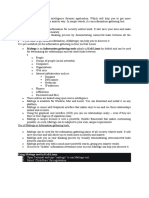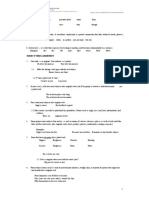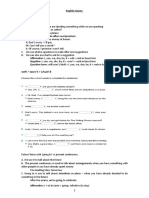0% found this document useful (0 votes)
15 views21 pagesGo Clean Architecture Project Layout
The document outlines a Go Clean Architecture project structure, detailing the organization of directories and files for various components such as command entry points, internal logic, infrastructure, and delivery layers. It emphasizes key architecture principles, including the separation of domain, use case, infrastructure, and delivery layers, along with recommended libraries and tools for development. Additionally, it provides examples of implementation files for external services, HTTP clients, and use case services.
Uploaded by
Dao VyCopyright
© © All Rights Reserved
We take content rights seriously. If you suspect this is your content, claim it here.
Available Formats
Download as PDF, TXT or read online on Scribd
0% found this document useful (0 votes)
15 views21 pagesGo Clean Architecture Project Layout
The document outlines a Go Clean Architecture project structure, detailing the organization of directories and files for various components such as command entry points, internal logic, infrastructure, and delivery layers. It emphasizes key architecture principles, including the separation of domain, use case, infrastructure, and delivery layers, along with recommended libraries and tools for development. Additionally, it provides examples of implementation files for external services, HTTP clients, and use case services.
Uploaded by
Dao VyCopyright
© © All Rights Reserved
We take content rights seriously. If you suspect this is your content, claim it here.
Available Formats
Download as PDF, TXT or read online on Scribd
/ 21











































